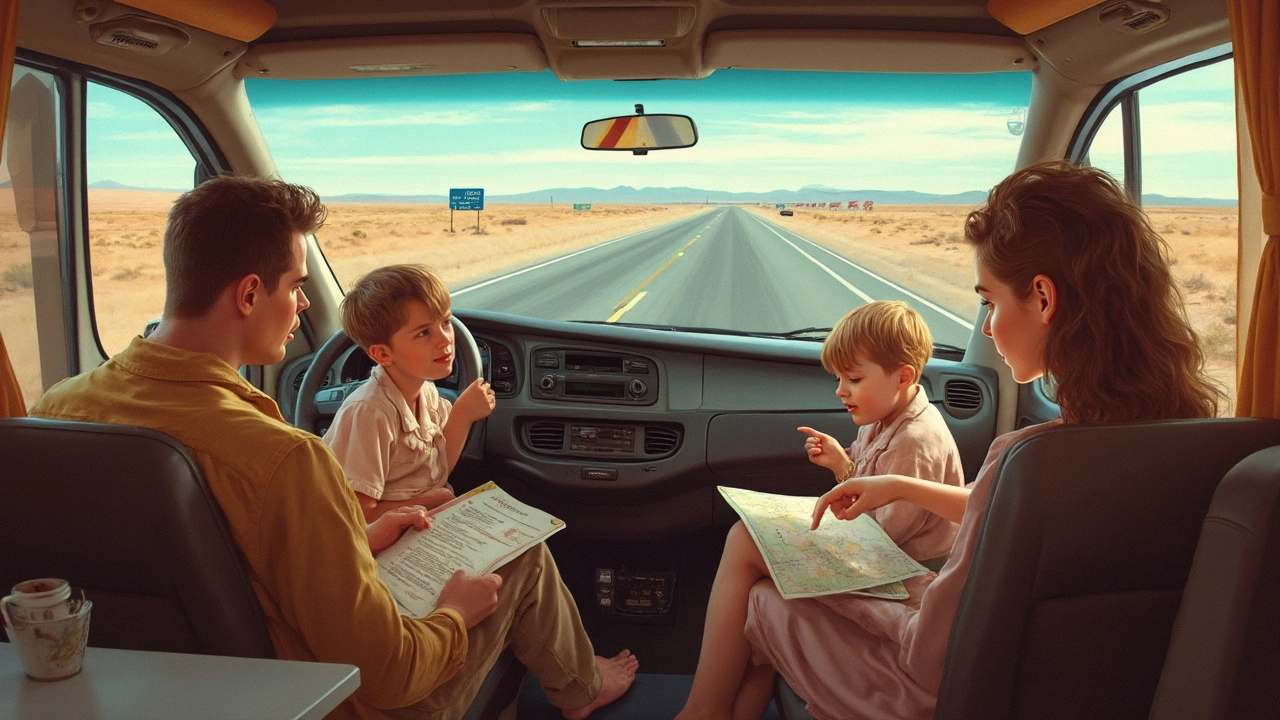RV Laws: What Every Motorhome Traveller Needs to Know
If you’re planning a road trip in a motorhome, the first thing you should check is whether you’re following the law. Ignoring a simple rule can mean a fine, a tow, or even losing your licence. Below you’ll find the most common legal requirements for driving and staying in an RV across the UK and the US, broken down into bite‑size pieces you can act on right now.
Road‑Ready: Legal Requirements for Driving an RV
In the UK, any motorhome over 3.5 tonnes needs a Category B+E licence, which means you’ll have to take an extra driving test. Most smaller vans stay within the standard Category B limit, but always double‑check the vehicle’s Gross Vehicle Weight (GVW) on the registration documents. In the US, the rules vary by state. Generally, a standard driver’s licence covers vehicles up to 26,000 pounds, but some states require a Commercial Driver’s Licence (CDL) for larger rigs. Keep your insurance up to date and make sure the policy covers both road use and campsite stays.
Another must‑do is checking the dimensions of the RV against local bridge and tunnel height limits. In England, the typical maximum height is 4.0 m, while many US highways allow up to 13.5 ft (about 4.1 m). Use a tape measure or the manufacturer’s specs and plan your route with a GPS that flags low bridges. Forgetting this can lead to costly damages and delays.
Where You Can Stay: Campsite and Public Land Rules
Wild camping is a hot topic. In England and Wales, you can’t just pitch a tent on any piece of private land – you need landowner permission. Scotland is friendlier thanks to the Scottish Outdoor Access Code, which lets you camp responsibly on most unenclosed land, as long as you follow the “leave no trace” rules. In the US, vast stretches of National Forest land allow dispersed camping, but many states have specific length‑of‑stay limits (often 14 days). Always look for signs and respect local bylaws.
Beach camping is another gray area. Some UK coastal towns ban overnight stays to protect the environment and keep the beach safe for everyone. If you’re eyeing a seaside spot, check the local council’s byelaws – breaching them can bring a fine of up to £500. In the US, certain state beaches permit camping in designated areas, while others outright forbid it. A quick call to the state parks office can save you a night of hassle.
Don’t forget waste rules. Both the UK and US require you to dump grey water and sewage at authorized dump stations. Using a campsite’s facilities or a nearby service station is not just polite, it’s mandatory under most environmental regulations. Carry biodegradable soap for showers and always pack out anything you bring in.
Finally, keep a few essential documents in your cab: your driving licence, vehicle registration, insurance, and any permits for specific campsites or roadside stops. Having them on hand speeds up any random check and shows authorities you’re a responsible traveller.
Sticking to these guidelines means you can focus on the best part of any motorhome trip – the freedom to explore new places without worrying about penalties. Follow the basics, stay aware of local rules, and enjoy the open road with confidence.
Can You Sleep in a Motorhome While Driving USA? The Real Rules and Risks
Ever wondered if you can catch some sleep in the back of a motorhome while it’s rolling down a US highway? This article unpacks the legal issues, safety dangers, and practical workarounds for road trippers thinking about napping on the move. You’ll get facts about state laws, insurance restrictions, and real-world tips from experienced travelers. Cut through the myth and get the info you actually need before your next big drive. Find out what’s legal, what’s smart, and what can land you in serious trouble.
